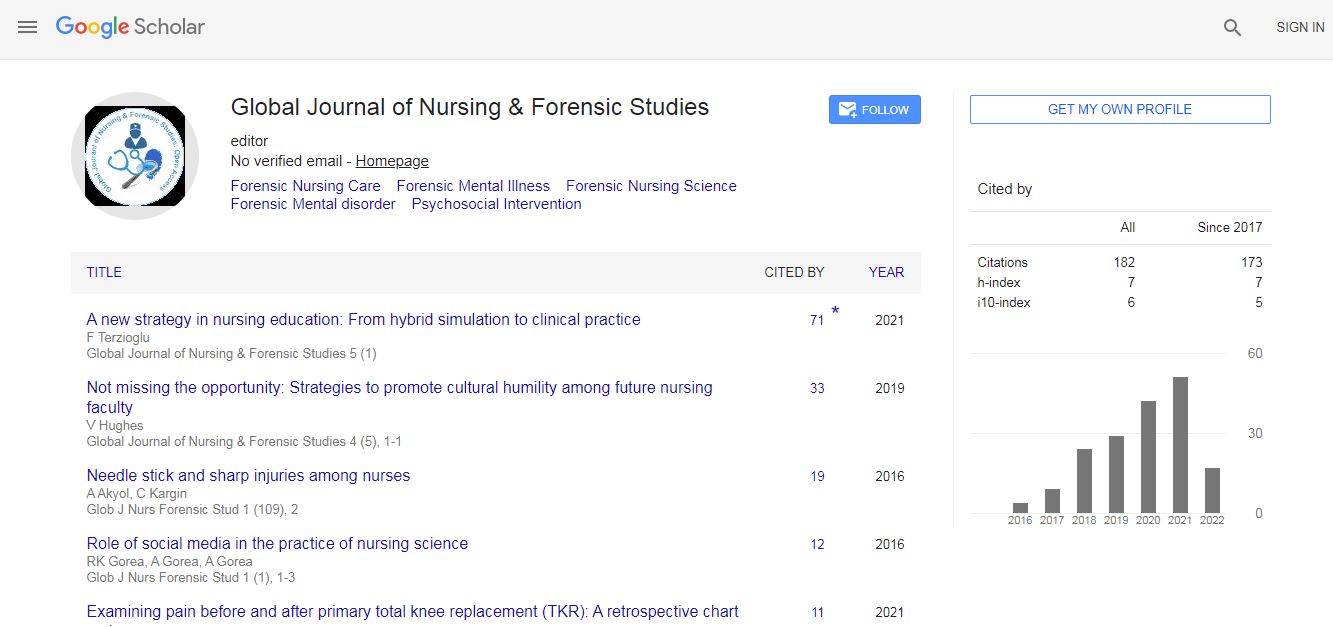Our Group organises 3000+ Global Conferenceseries Events every year across USA, Europe & Asia with support from 1000 more scientific Societies and Publishes 700+ Open Access Journals which contains over 50000 eminent personalities, reputed scientists as editorial board members.
Open Access Journals gaining more Readers and Citations
700 Journals and 15,000,000 Readers Each Journal is getting 25,000+ Readers
Google Scholar citation report
Citations : 82
Optometry: Open Access received 82 citations as per Google Scholar report
Indexed In
- Google Scholar
- RefSeek
- Hamdard University
- EBSCO A-Z
- Euro Pub
- ICMJE
Useful Links
Recommended Journals
Related Subjects
Share This Page
Role of simulation training in ophthalmology: A systematic review of the latest developments
11th Global Ophthalmologists Annual Meeting
Farida Hassan
Queen Mary University of London, UK
Posters & Accepted Abstracts: Optom open access
Abstract
Background: Operative practice using surgical simulators has grown to become one of the largest forms of training in surgical specialties including ophthalmology. Simulators are a cost-effective and beneficial training pathway for surgical trainees, it is hoped that the use of simulators in training will reduce the initial learning curve and hence reduce errors during patience care. Description: The aim of this systematic review is to review the efficacy of current interventional simulators in ophthalmology. A broad search of the current literature was performed using MEDLINE and OvidSP up to 2015. The search included the combination of terms simulators and ophthalmology. Relevant articles were identified, the full text for each obtained and further screened for relevance to the study. Results: A total of 21 articles were included in the study. The simulators included were EYESi simulator (VRMagic, Mannheim, Germany) (n=15), vitreous surgery haptic device (n=1), MicroVis touch (n=2), endoscopic endonasal surgery simulator (n=1), PixEye simulator (SimEdge SA, Loos France) (n=1) and laser photocoagulation simulator (n=1). Discussion: The EyeSi Simulator (VRMagic, Mannheim, Germany) has demonstrated and construct validity for many aspects of cataract surgery and vitreoretinal surgery, providing a performance score, along with feedback on microscope handling, tissue treatment and target achievement. The MicroVisTouch simulator benefits from a full virtual experience which includes instruments, head and eye of the virtual patient. All simulators were shown to reduce the learning curve associated with achieving surgical competency, however some of the studies showed no evidence of a reduction in complication rate, The PixEye simulator enhances the capability of students to perform SLT. Conclusion: This systematic review has highlighted the need for refinement of the simulator scoring, while reinforcing the need of objective senior assessment along with simulators. Studies have indicated that various modules on the simulator have shown different uses for different training levels. There is a need for more trials displaying actual improvement from VR to OR, i.e., a decreased complication rate, but this may be dependent on improvement.Biography
Farida Hassan has graduated from Barts and The London in 2016 and is currently a Foundation Doctor in Luton and Dunstable Hospital

 Spanish
Spanish  Chinese
Chinese  Russian
Russian  German
German  French
French  Japanese
Japanese  Portuguese
Portuguese  Hindi
Hindi 